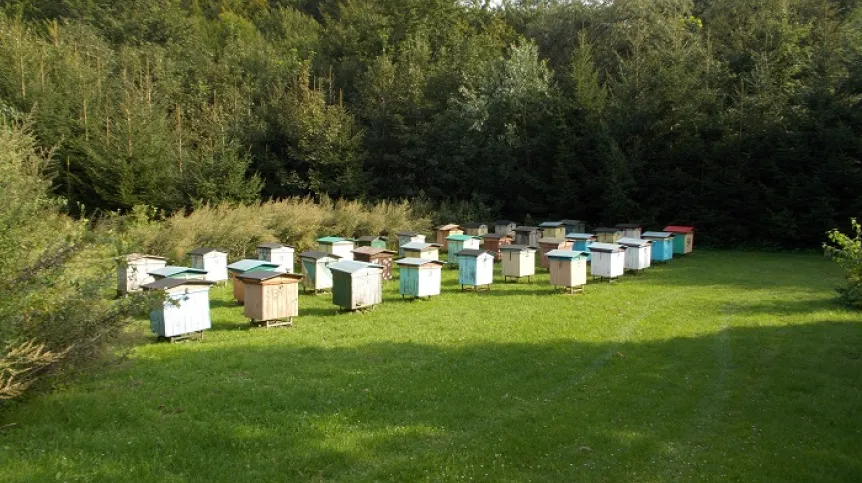
The best way to reduce the damage caused by bears to beehives, livestock and agriculture is for farmers to use the land, say scientists from Poland, Spain and Germany.
Focusing on apiaries, the international team from the Institute of Nature Conservation PAS in Kraków, the Doñana Biological Station of the Spanish Council for Scientific Research (EBD CSIC) and the German Centre for Integrative Biodiversity Research (iDiv), found that damage caused by a brown bear to beehives may increase threefold in the apiaries located in risky areas that are good for both bears and beekeeping.
The research also revealed that bear activities reached the highest level in apiaries located near forests, in places without buildings.
Lead researcher Carlos Bautista from the Institute of Nature Conservation PAS in Kraków and a member of the 'Carpathian Brown Bear Project’ said: “If you look at the needs of bears, you will see that they need natural or near-natural areas and try to avoid people as much as possible.
“The risk of damage drops more than threefold if beehives are located at least 300 m away from the forest patches and in the vicinity of several buildings.”
To determine why some places in the landscape are associated with a higher risk of damage than others, scientists used satellite images, a a methodology not previously used to predict the risk of damage.
Co-author of the study Dr. Nuria Selva from Institute of Nature Conservation PAS said: “To understand and predict which farms are more exposed to damage, we had to take into account both the features of the landscape that included the areas inhabited by predators, and the close vicinity of farms.
“Research focused on one scale only has a weak understanding of ecological processes behind this phenomenon and result in less accurate forecasts.”
Damage caused by predators results in economic and emotional problems; it also creates the risk or desire to retaliate against the animals, even if they are a protected species.
These conflicts often become a topic of heated discussions between supporters of agriculture and nature conservation, engaging local, regional or even national level politicians.
Bautisa said: “Man - wild nature conflicts are considered one of the largest threats to wild animal species today and also include large herbivores, such as elephants, rhinoceros or primates.”
But, say the scientists, the conflicts are expected to grow as more large predators move into areas dominated by man and the frequent transformation of natural areas into cultivated fields. The use of agricultural and urban areas by wild animals can become a trap for them, ultimately leading to their local extinction.
Dr. Selva said: “This is disturbing, because without predators and large herbivorous animals, natural ecosystems lose their +self-regulating+ nature, and this can further contribute to the ongoing environmental crisis’.
The scientists added that with the current growth of the human population, stopping the expansion of agriculture into natural areas - and thus the associated conflicts - may be a unrealistic short-term goal.
But anticipating where damage is more likely and taking a preventive approach to conflicts is something that farmers, practitioners of nature protection and decision-makers can start doing today.
Conclusions from the study were published in the scientific journal Proceedings of the Royal Society B.
PAP - Science in Poland
zan/ agt/ kap/
tr. RL
Gallery (6 images)
-
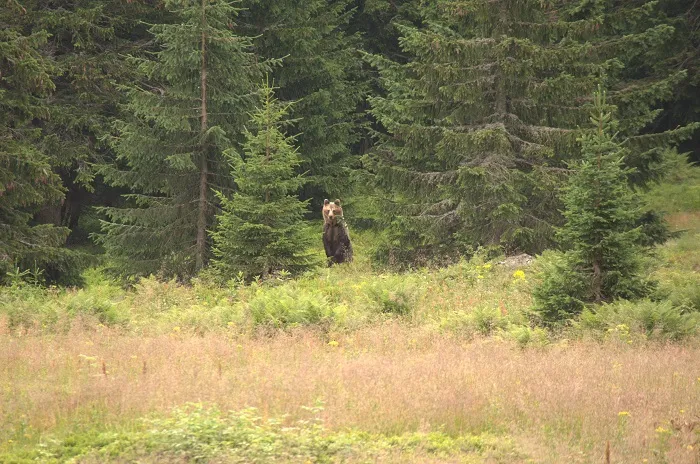 1/6Photo: Tomasz Zwijacz-Kozica
1/6Photo: Tomasz Zwijacz-Kozica -
 2/6Photo: Adam Wajrak
2/6Photo: Adam Wajrak -
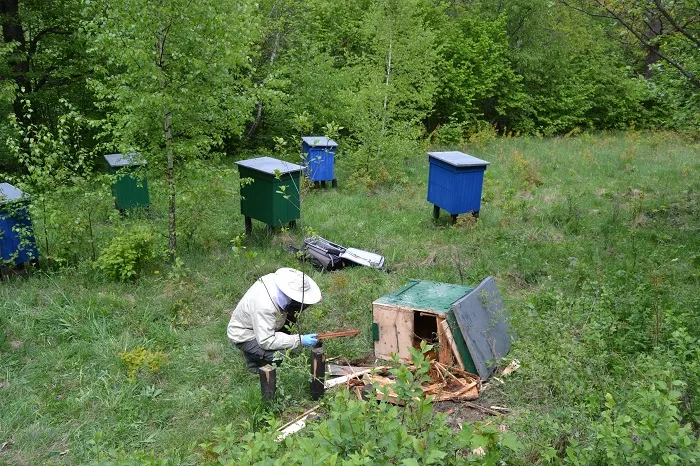 3/6Photo: Carpathian brown bear project
3/6Photo: Carpathian brown bear project -
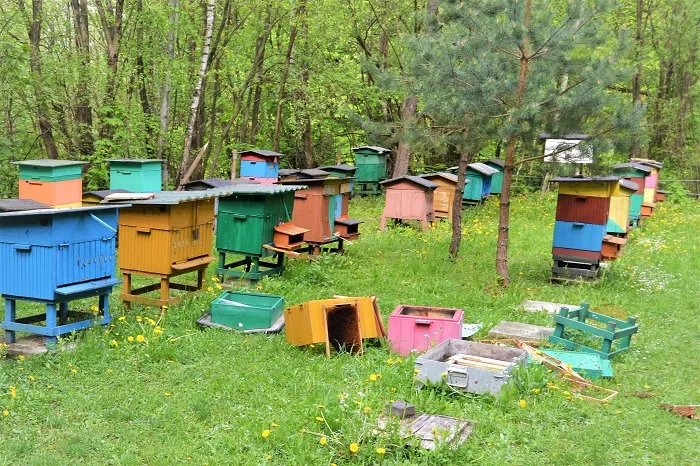 4/6Photo: Carpathian brown bear project
4/6Photo: Carpathian brown bear project -
 5/6Photo: Carpathian brown bear project
5/6Photo: Carpathian brown bear project -
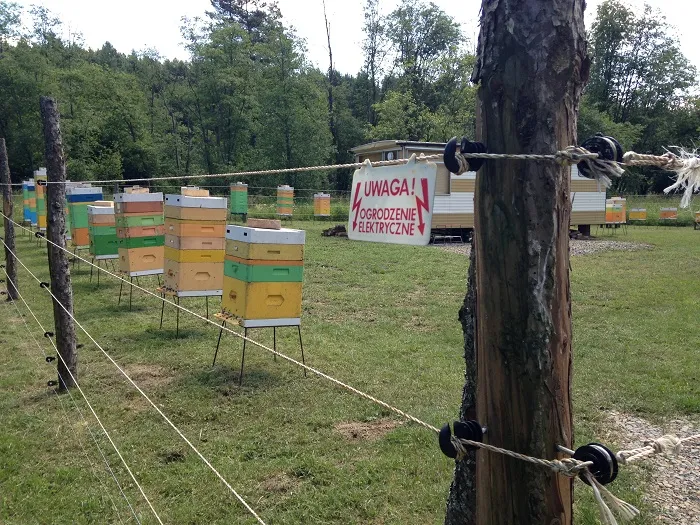 6/6Photo: Carpathian brown bear project
6/6Photo: Carpathian brown bear project













